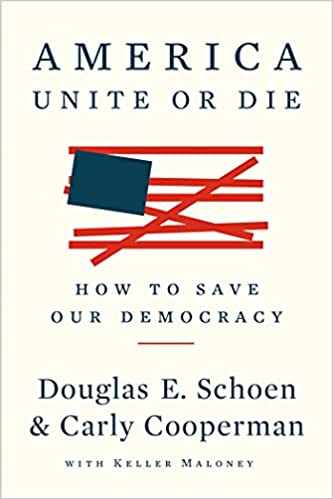BEIJING – Beijing has developed into an impressive modern city over the past two decades. But a tourist visiting the Chinese capital over the past four days would have difficulty seeing many of its ancient and modern landmarks because of the horrendous pollution hanging over the city.
China’s capital has been notorious for its smog over the past few years, as have most northern Chinese cities.
In Beijing, the smog unexpectedly appears and is likely to be when there is no wind to blow away the pollution, as is the case at the moment.
At first you believe, charitably, it’s just morning mist. But it doesn’t disappear and just lingers all day.
More than 20 years ago, when I first visited, Beijing, like many Chinese cities, was a very different place.
There was only the odd skyscraper and factory. Most people used bicycles to get around rather than the car.
The smog seems to have just enveloped the city, making it dangerous for people to even go outdoors.
With the current levels of pollution, it might be healthier to sit in your car for hours in a traffic jam and let the air filters do their work rather than breathe in the polluted air as you cycle around Beijing.
The smog seems to have just enveloped the city, making it dangerous for people to even go outdoors.
The Beijing Municipal Environmental Monitoring Center is recommending that children and the elderly stay indoors.
Local media has reported a sharp rise in people seeking treatment at hospitals in the capital for respiratory problems.
Despite the danger, Beijing’s streets have remained fairly busy.
People, of course, get used to the smog, but I know friends who live there and when the smog arrives they try to stay home and switch on the air purifiers.
The pollution figures at the moment are staggering.
Pollution is measured in the amount of small particulates in the atmosphere.
According to the Beijing authorities, measurements show the air containing more than 700 micrograms per cubic meter in many parts of the city over the weekend.
To put that into context, the World Health Organization considers it safe to only have as much just 25 micrograms per cubic meter.
There has been some controversy recently over whether the local readings were accurate or if officials were trying to understate the problem by giving lower readings.
Last year, U.S. diplomatic missions in China were giving their own air quality readings, and they were very different from the official Chinese accounts.
In response, China announced it was illegal for foreign embassies to issues their own readings.
But the U.S. has said it would continue tweeting air pollution levels in China, as they were helpful for US nationals living and traveling abroad.
The U.S. Embassy in Beijing tweeted over the weekend that its hourly readings were “beyond index.”
The highest number it got on its data was the equivalent of a massive 886 micrograms per cubic meter.
“This is really the worst on record, not only from the official data but also from the monitoring data from the U.S. Embassy — some areas in (neighboring) Hebei province are even worse than Beijing,” said Zhou Rong, climate and energy campaigner at Greenpeace.
The U.S. Environmental Protection Agency’s air quality index would easily categorize pollution readings taken by the U.S. Embassy as “emergency conditions” with the whole population at risk.
If these levels were reached in any U.S. city, there is likely to be uproar and perhaps even some panic because of the danger to health.
And the people of Beijing, and in other Chinese cities affected by pollution, have increasingly voiced their anger over air quality.
China’s growing middle classes have been gaining a voice in recent years over improving the quality of life, but it’s often been difficult to organize when the communist authorities view any form of opposition as a criticism of its rule.
The Chinese authorities do seem to have listened to the recent criticism. The biggest cities now release hourly pollution data.
And the state-controlled Chinese media seems to have been given the “green” light to voice criticisms over pollution levels.
An editorial in The China Daily warned the country had to balance development with quality of life.
“In the middle of a rapid urbanization process, it is urgent for China to think about how such a process can press forward without compromising the quality of urban life with an increasingly worse living environment,” said the editorial.
The state-controlled Global Times even urged the government to “publish truthful environmental data to the public” and take measures to solve the pollution problem in China, which it called the “biggest construction site in the world.”
China’s leaders do seem to increasingly understand the problem, and during his address to the Communist Party Congress last November outgoing President Hu Jintao warned that the country needed to “reverse the trend of ecological deterioration and build a beautiful China.”
They, of course, only need to look to Chinese philosophy and the concept of Yin and Yang, which highlights the seemingly opposite but interdependent forces in the natural world, to find a solution.
The difficulty China has is that it wants to continue its rapid economic expansion.
But the cost seems to be growing as quickly.
A study by Beijing University and Greenpeace showed that the premature deaths of 8,600 people in four Chinese cities in 2012 cost $1 billion in economic losses.
China has to decide if the cost of economic progress is just too high.

.jpg?ve=1&tl=1)

.jpg?ve=1&tl=1)
